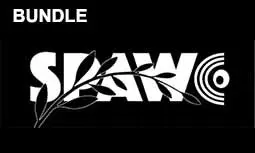Performance Analysis of Cache Aided Hybrid mmWave & sub-6 GHz Massive MIMO Networks
Tong Zhang, Sudip Biswas, Tharmalingam Ratnarajah
-
Members: FreeSPS
IEEE Members: $11.00
Non-members: $15.00Length: 11:15
28 May 2020
Caching popular contents at small base stations (BSs) is a promising solution to alleviate the increasing backhaul congestion
in dense heterogeneous cellular networks. Accordingly, this paper considers a tier of cache-enabled millimeter wave small BSs that coexists with a tier of massive multiple input multiple output (MIMO) macro BS operating at sub-6 GHz bands, wherein we analyze two different user association strategies, namely content-based and location-based with respect to the transmission latency and average success probability of file delivery. Numerical results demonstrate that increasing the cache capacity can almost surely improve the network performance, but not without certain trade-offs, which are analysed in terms of user association strategies, various caching placement schemes, BS density, cache size, content popularity, blockages in the mmWave tier, and pilot contamination due to channel estimation in the massive MIMO tier.
in dense heterogeneous cellular networks. Accordingly, this paper considers a tier of cache-enabled millimeter wave small BSs that coexists with a tier of massive multiple input multiple output (MIMO) macro BS operating at sub-6 GHz bands, wherein we analyze two different user association strategies, namely content-based and location-based with respect to the transmission latency and average success probability of file delivery. Numerical results demonstrate that increasing the cache capacity can almost surely improve the network performance, but not without certain trade-offs, which are analysed in terms of user association strategies, various caching placement schemes, BS density, cache size, content popularity, blockages in the mmWave tier, and pilot contamination due to channel estimation in the massive MIMO tier.



